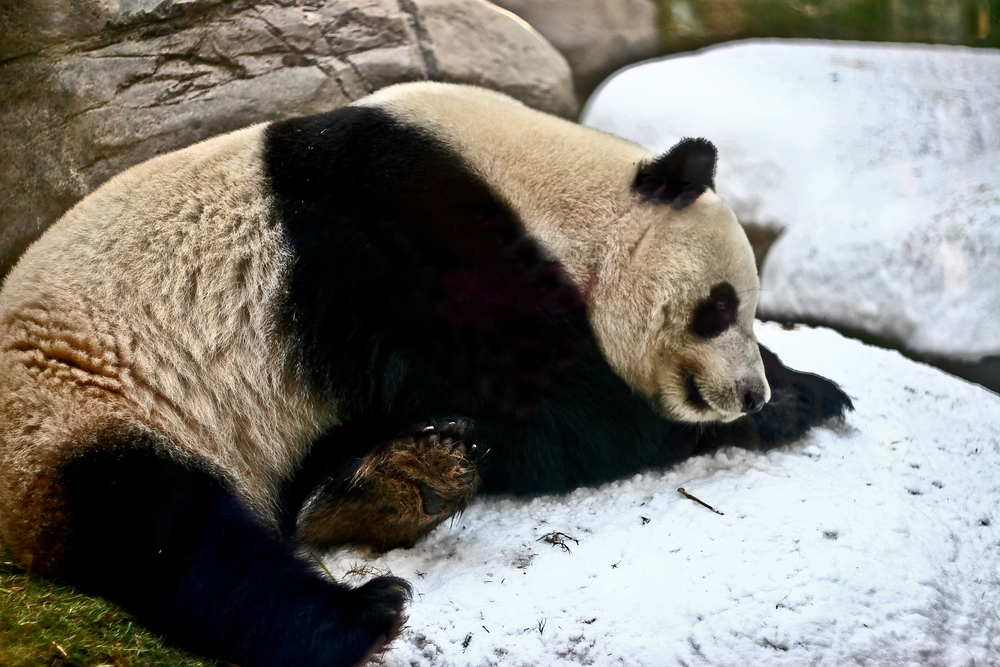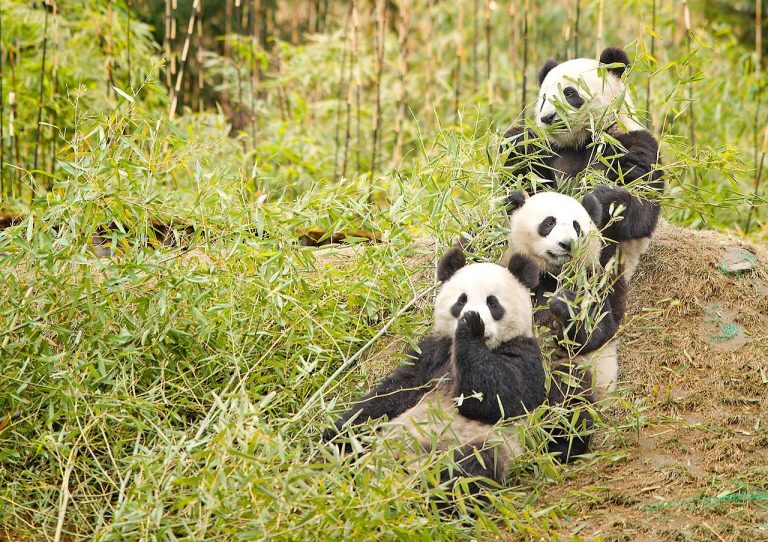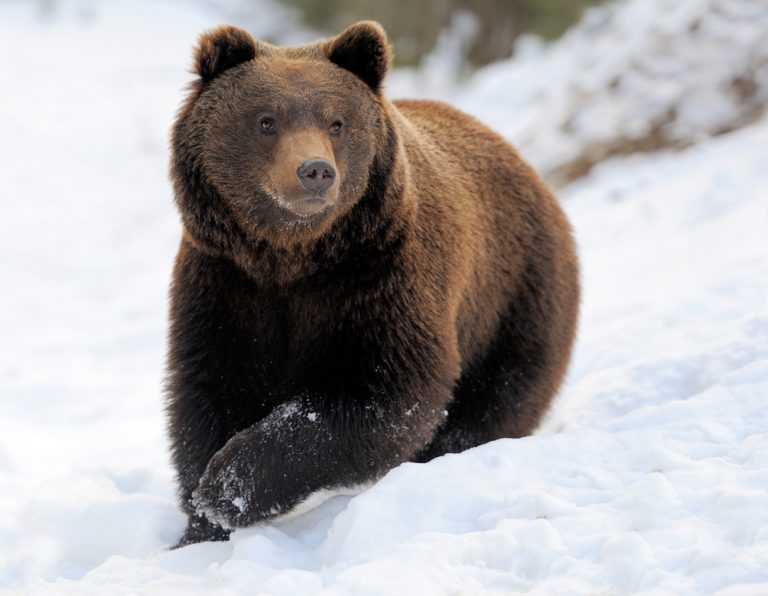Here’s Why Giant Pandas Are Colored Black And White
Have you ever wondered why Giant Pandas are colored black and white? A team of scientists may have a plausible explanation.

The mystery surrounding the Giant Panda’s unique skin coloring has evaded scientists for a long time. Up until recently, there were several unproven explanations as to the reason for that unique black and white coloring of the panda bear.
But it appears a team of scientists from the University of California may have a plausible explanation.
Incidentally, this was the same team that uncovered the reason behind the zebra’s sharp black and white strips. They proposed the theory that that color pattern serves as a deterrent to biting flies.
So, they partnered with researchers from the California State University to also uncover the black and white mystery surrounding a giant panda’s skin.
Led by Professor Tim Caro, the group had to screen thousands of photos of 195 different species of carnivores including 39 types of bears. They sought to answer the question; could evolution or something else have resulted in giant pandas being black and white?
Below are their findings.
Decoding Giant Pandas Black And White Color
Often, mammals have a dull brownish to a grey coat coloring, a characteristic of the environment they occupy. But this is not typical of the giant panda. And that has been quite the puzzle.
“Understanding why the giant panda has such striking coloration has been a long-standing problem in biology that has been difficult to tackle because virtually no other mammal has this appearance, making analogies difficult,” – Tim Caro, Department of Wildlife, Fish & Conservation Biology, University of California, Davis.
Scientists categorize the giant panda, Ailuropoda Melanoleuca, as a bear. However, unlike carnivorous bears, a panda’s diet is 99 percent bamboo. In fact, pandas are known for eating bamboo almost exclusively and an adult can consume up to 13 kilograms of bamboo on a given day.
But, to get this much bamboo out in its native habitat, it has to traverse different ecological environments in search of food. Another study in 2015 published in the journal mBio discovered that the panda lacks the bacteria to effectively digest bamboo. For this reason, it cannot store enough fat to last through hibernation like its other relatives, the bears.
So, it occupies the tropical forests during the summer and migrates in winter.
This means it has to stay active all year round to sustain itself. Adult pandas, with the exception of pandas with cubs, are solitary animals which roam far and wide in search of food. Fossils found in most parts of Asia indicate the ancestors of the modern panda occupied a much wider area as far as Northern Myanmar to Northern Vietnam and Beijing.
Tim and his crew eventually came to the conclusion that pandas are black and white mainly for concealment and communication.
The Unique Place Of A Black-And-White Coat For Camouflage
Giant panda cubs are born purely white gaining their adorable black patches months later. Unfortunately, out in the wild, panda cubs when left alone are easy prey for quite a number of animals. These would-be predators range from the Asian bear, to brown bears, snow leopards, and wolves.
So, this bears white rump, face, neck, and belly allows it to stay hidden in snowy environments while foraging in winter and the black markings enables it conceal well in the shadows
For Communication
Another aspect they considered is the giant panda’s black eyes. Initially, researchers supposed that it aid in creating an aggressive glare when facing off with potential predators. But it appears the black patches around their eyes are kind of like “name tags”.
They help the animals distinguish one panda from the other.
So in essence, the black markings on the panda’s head are not used to hide from predators, but rather to communicate. The bears’ black ears may also help it express aggression as a warning to predators.
Professor Ted Stankowich, a co-author of the research from CSU says that only after breaking the panda down into small distinct parts could they understand the coloration.
But another possibility no to be overlooked is that the color could be a result of the poor and restricted diet the animal prefers.
No doubt, the smallest things are sometimes the most difficult of things to crack!
References:
1. https://www.livescience.com/58206-why-pandas-are-black-and-white.html
2. https://www.forbes.com/2017/03/08/why-are-giant-pandas-black-and-white/#59cee421657e
3. https://www.nationalgeographic.com/animals/mammals/g/giant-panda/
4. https://www.ucdavis.edu/news/why-pandas-are-black-and-white






